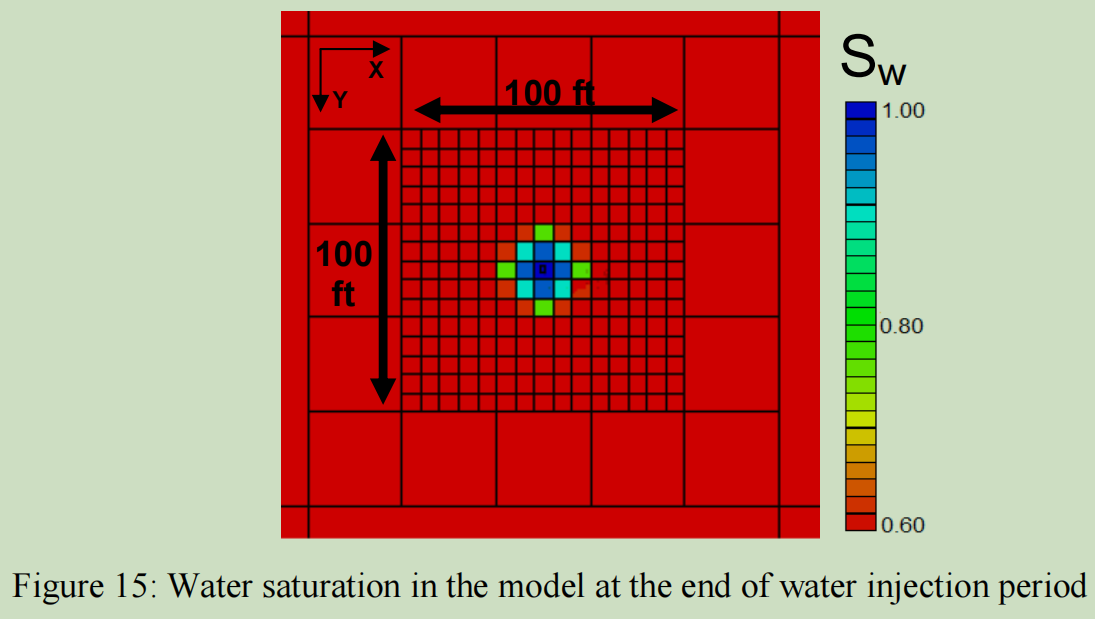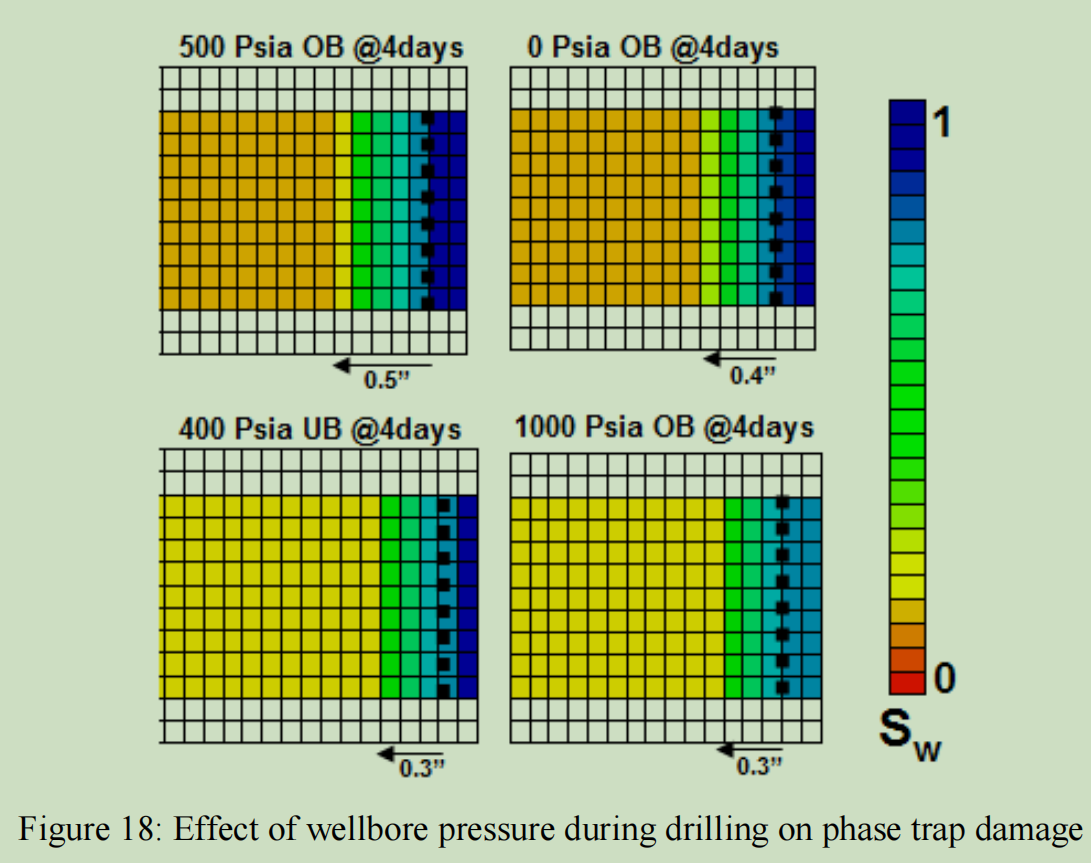Evaluating Factors Controlling Damage and Productivity in Tight Gas Reservoirs
致密气藏因为其固有渗透率非常低,而且由于钻井、完井、增产和生产作业期间可能发生的几种不同形式的地层损害,达到经济产量开采非常具有挑战性。致密气藏开发常用的策略是水力压裂和水平井钻井。许多致密气藏控制油井产能和地层损害机制的关键因素还没有得到很好的理解,描述这些因素很有挑战性。
在这篇论文中,我展示了致密气藏中不同的井和储层参数是如何控制油井产能和损害机制的。建立了Whicher Range致密气田储层模拟模型并运行。通过分析和数值模拟方法与岩心驱油实验和致密气田数据分析相结合,表征关键储层参数,了解不同参数对油井产能的影响。
通过岩心驱油实验数据分析,绘制了Whicher Range致密气藏的相对渗透率曲线,定量地展示了油基钻井液代替水基钻井液如何降低相捕集伤害。介绍了一种新的致密气藏试井分析技术,该技术可以减少储层平均渗透率估计中的不确定性,并提出了一种新的相关性,可以确定致密地层中天然裂缝的渗透率。我研究和分析了Whicher Range致密气田的不同完井、产量和储层数据,以确定产量显著低于预期的原因,并调查可能的补救策略,以实现可行的天然气产量。
Abstract
Production at economical rates from tight gas reservoirs in general is very challenging not only due to the very low intrinsic permeability but also as a consequence of several different forms of formation damage that can occur during drilling, completion, stimulation, and production operations. The common strategies used in tight gas reservoirs development are hydraulic fracturing and horizontal well drilling. However in many cases of tight gas reservoirs, the key factors that control well productivity and formation damage mechanisms are not well understood, since it is challenging to characterise them in tight formations.
In this thesis I demonstrate how different well and reservoir parameters control well productivity and damage mechanisms in tight gas reservoirs. Reservoir simulation model for Whicher Range tight gas field is built and run. Analytical and numerical simulation approaches are integrated with core flooding experiments and tight gas field data analysis in order to characterize the key reservoir parameters and understand the effects of different parameters on well productivity.
Using core flooding experiments data analysis, the relative permeability curves are generated for Whicher Range tight gas reservoir, and quantitatively is shown how the phase trapping damage can be reduced by use of oil based drilling fluid instead of water based fluid. A new technique of welltest analysis was introduced for tight gas reservoirs that can reduce uncertainties in estimation of average reservoir permeability, and also a new correlation that can determine permeability of the natural fractures in tight formations is proposed in this study. I study and analyse different well completion, production and reservoir data from Whicher Range tight gas field in order to identify why production rates are significantly lower than expectations, and investigate possible remedial strategies to achieve viable gas production rates.
Based on this research, drilling long horizontal deviated wells using non-aqueous fluids in underbalanced conditions may be more efficient than hydraulic fracturing. As the optimum strategy to further improve the well productivity, drilling the well with a high deviation to intersect multiple sand lenses; orienting the wellbore direction perpendicular to the maximum horizontal stress to intersect higher permeability conduits and control wellbore instability issues; completing the well as open-hole to have the advantage of enlarged wellbore caused by large wellbore breakouts; running slotted liner to control wellbore collapse; open-hole perforation in the direction of maximum horizontal stress to reach a deeper formation penetration; and unloading the wellbore from drilling and fracturing fluids can help achieve commercial gas production rates from tight gas reservoirs.


